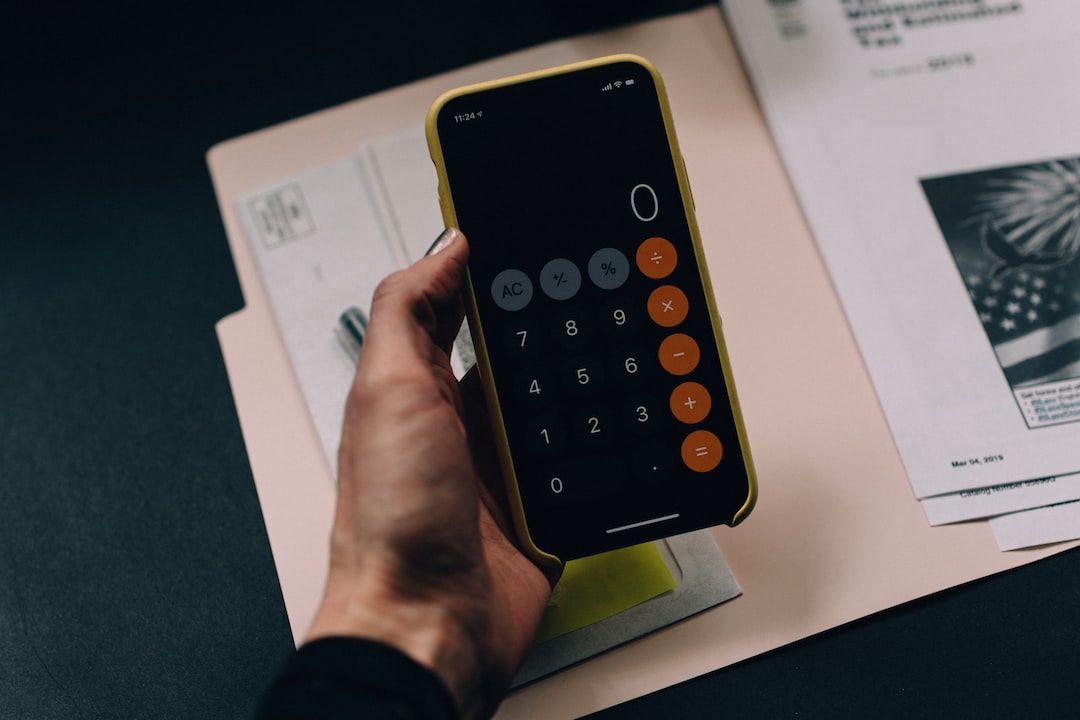Fibonacci lines are used in forex trading to identify potential levels of support and resistance in a currency pair. These levels are based on the Fibonacci sequence, a series of numbers in which each number is the sum of the two preceding numbers. In forex trading, Fibonacci lines are typically drawn using the high and low points of a particular currency pair over a specific time period. In this article, we will explain in detail how to draw Fibonacci lines in forex trading.
Step 1: Identify the High and Low Points
The first step in drawing Fibonacci lines in forex trading is to identify the high and low points of the currency pair you are trading. These points are typically identified by looking at the price chart for the currency pair over a specific time period, such as a day, week, or month. The high point is the highest price that the currency pair reached during the specified time period, while the low point is the lowest price that the currency pair reached during the same period.
Step 2: Determine the Fibonacci Levels
Once you have identified the high and low points of the currency pair, the next step is to determine the Fibonacci levels. These levels are based on the Fibonacci sequence and are typically calculated using a calculator or charting software. The most commonly used Fibonacci levels in forex trading are 38.2%, 50%, and 61.8%. These levels represent potential levels of support and resistance for the currency pair being traded.
Step 3: Draw the Fibonacci Lines
After determining the Fibonacci levels, the next step is to draw the Fibonacci lines on the price chart. This can be done using charting software or by manually plotting the lines on the chart. To draw the Fibonacci lines, start at the high point of the currency pair and draw a line down to the low point. Then, draw horizontal lines at the Fibonacci levels of 38.2%, 50%, and 61.8%. These lines will serve as potential levels of support and resistance for the currency pair being traded.
Step 4: Interpret the Fibonacci Lines
Once the Fibonacci lines have been drawn on the price chart, the next step is to interpret them. The 38.2% level is typically considered a minor level of support or resistance, while the 50% level is considered a major level of support or resistance. The 61.8% level is also considered a major level of support or resistance, and if the currency pair breaks through this level, it may indicate a trend reversal.
In addition to the Fibonacci levels, traders may also use other technical indicators and chart patterns to confirm potential levels of support and resistance. For example, if a currency pair is approaching a Fibonacci level and there is also a trendline or moving average at that level, it may provide additional confirmation of potential support or resistance.
Conclusion
Drawing Fibonacci lines in forex trading is a useful tool for identifying potential levels of support and resistance in a currency pair. By identifying the high and low points of a currency pair over a specific time period and calculating the Fibonacci levels, traders can draw the Fibonacci lines on the price chart and use them to make trading decisions. While the Fibonacci lines are not foolproof, they can provide valuable information to traders and can be used in conjunction with other technical indicators and chart patterns to confirm potential levels of support and resistance.





